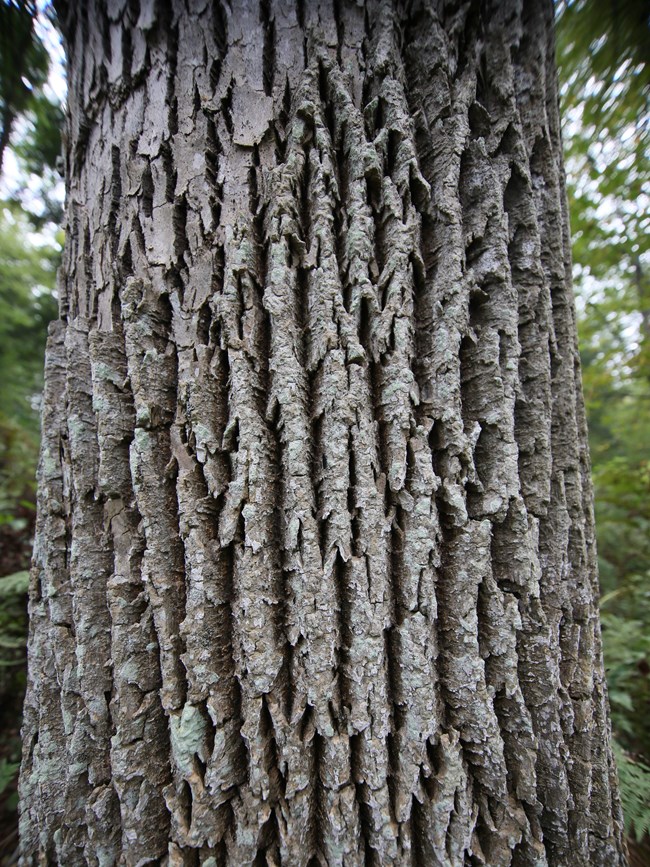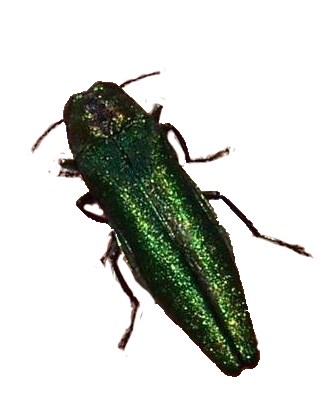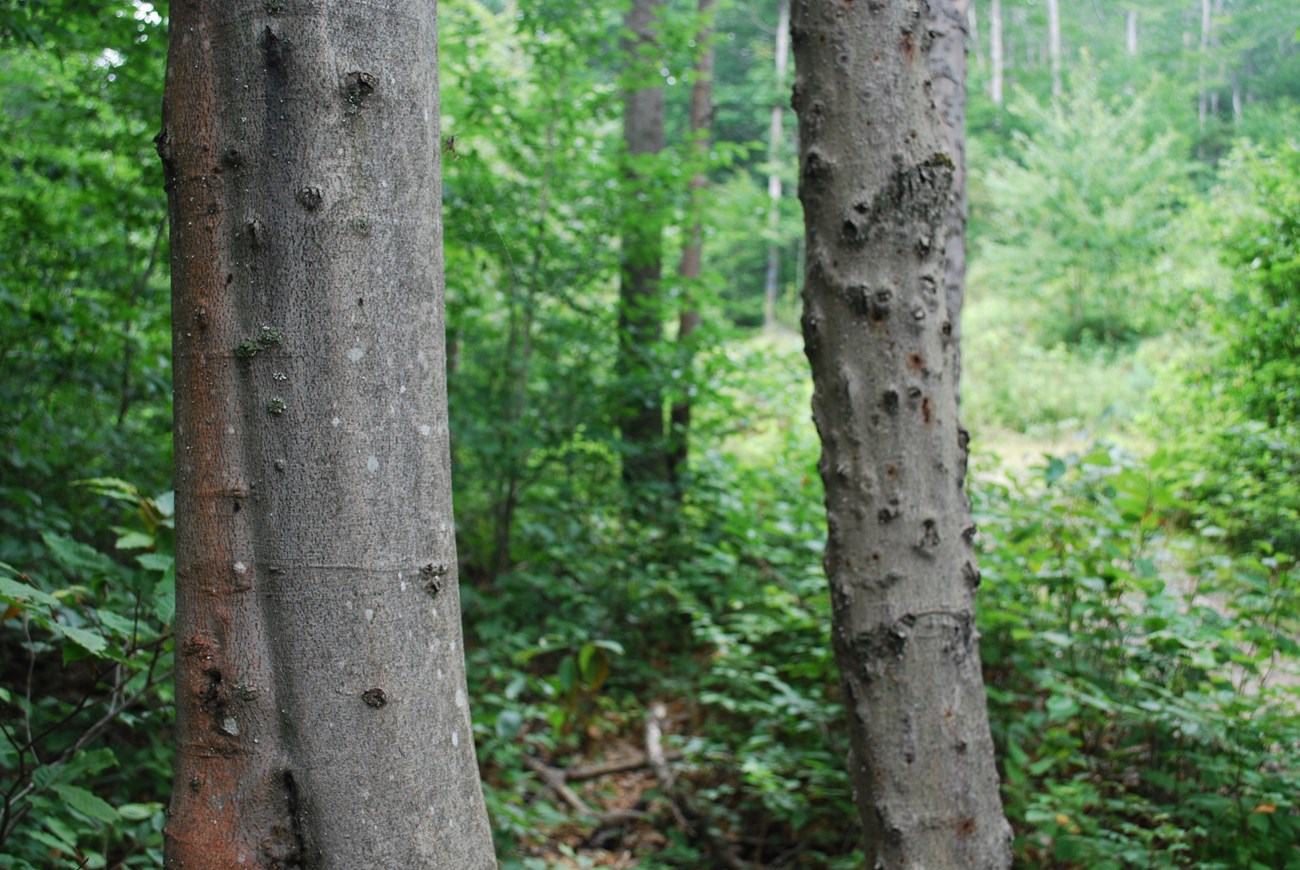Last updated: October 29, 2024
Article
Annual Forest Management Operations at Marsh-Billings-Rockefeller National Historical Park

NPS Photo / Kyle Burton
2024 Forestry Operations Schedule
Annual forest management operations are scheduled to begin at Marsh-Billings Rockefeller National Historical Park on November 4, 2024 and will continue no later than November 24, 2024. During this time, there will be temporary trail closures in and around the work areas between 7:00.a.m. - 5:00 p.m., Monday-Friday.Posted signs at trailheads will alert hikers to the closures and alternative routes will be marked. All parking lots and trailheads, including the Prosper Road parking lot, will remain open.

NPS Photo
Trail Closures Starting November 4, 2024
This year, management will primarily occur along Mountain Rd. and McKenzie Rd., as well as along areas of Cemetary Rd., Precipice Trail, One Less Traveled Trail, Prosper Trail, North Slope Trail, and the Pogue Loop.Trail closures will take place Monday-Friday on trails marked in red on the map above beginning November 4, 2024 and lasting until no later than November 22, 2024. Trail closures will be lifted on Saturdays and Sundays.
Safety
To ensure the safety of yourself and others, please note the following cautions while visiting during logging operations:
-
DO respect trail closures
-
DO keep pets on leash at all times
-
DO stand on the opposite side of the trail when forestry equipment is in motion
-
DO NOT cross barricades
-
DO NOT climb on log stacks

NPS Photo / Kyle Burton
Forest Management Goals
Using a multi-year phased approach, the park is taking proactive steps to remove ash along the main carriage roads and trails that could become safety hazards to visitors in their eventual mortality. The treatment plan was developed in consultation with Redstart Forestry of Corinth, Vermont, in accordance with the park’s Forest Management Plan. The timing of this year's tree removal was planned based on guidance developed by the US Fish and Wildlife Service to protect the Northern Long Eared Bat, which was reclassified as endangered under the Endangered Species Act in November 2022.See Horse Logging in Action in November at a Working Woodlands Workshop
Felling and removal of the trees will be completed using traditional horse logging techniques by Bass Brook Farm and Forest. Traditional horse logging techniques are a method of sustainable forestry that prioritizes forest health. Not only do draft horses allow for increased mobility between trees, they also minimize negative impacts on the forest often caused by modern forestry equipment, such as soil compaction, non-target tree felling, and higher energy usage.
The public is invited to safely view the horse logging operation during a Horse Logging Demonstration Working Woodlands Program on November 14. To learn more about Working Woodlands and to register for the program, visit our Working Woodlands Workshop page.

Emerald Ash Borer
The first phase of the forest management operation will target a subset of ash trees that are likely to pose a risk to visitors following eventual mortality caused by Emerald Ash Borer (EAB). EAB was discovered in the park in 2023 and is already beginning to cause ash mortality in the forest. This phase will be done to ensure the health and safety of the park's visitors and staff.
EAB is a destructive wood-boring pest of ash trees, native to Asia and first discovered in North America in 2002. EAB larvae feed on the cambium layer just under the bark of ash trees, disrupting the tree's ability to transport water and nutrients resulting in widespread mortality of mature ash trees.

Eli Sagor
Beech Bark Disease
The second phase of the forest management operation will include a forest stand improvement project, which will target a subset of mature diseased American beech affected by Beech Bark Disease (BBD). This project will be done in order to promote the health and biodiversity of the Mount Tom Forest by creating favorable conditions that encourage diverse regeneration and increase climate resilience.
Beech Bark Disease occurs when beech scale insects damage the bark, and the wounds are then infected by at least two species of nectria fungus. This results in the above ground portion of the tree becoming weakened and eventually breaking, leaving the roots intact. When a beech is afflicted with BBD, the tree responds by sending up many root suckers that grow as new genetically identical trees, which are equally BBD susceptible. This emergence of root suckers creates dense thickets of young, diseased beech which inhibit the regeneration of other native tree saplings, limiting biodiversity by creating a monoculture.
To learn more about Beech Bark Disease and it’s impacts to Vermont’s forests, visit Beech Bark Disease | Vermont Invasives.

Tom Remp
Mount Tom Forest
The Mount Tom Forest is the oldest professionally managed forest in the United States. Forest management on Mount Tom began in 1869, when Frederick Billings purchased the land from the Marsh family and established an estate that would serve as a model of wise forest and farm stewardship. Billings’ granddaughter, Mary Rockefeller, and her husband, Laurance S. Rockefeller, sustained this stewardship approach and entrusted the National Park Service to continue forest management on the property.The Mount Tom Forest is located at Marsh-Billings-Rockefeller National Historical Park.
